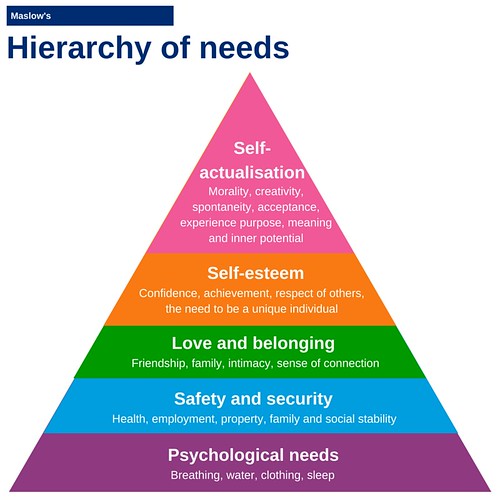13th July 2015
Why go back to the dark ages? – Life before Dash and Marac
Last month, SafeLives ran a series of seminars for Maracs – celebrating the hard work of professionals up and down the country, and taking time to think about what’s next. During the London event, I had the pleasure of seeing lots of old colleagues from my time at Advance and Standing Together Against Domestic Violence. It’s been more than a decade since we worked together, and I couldn’t help but cast my mind back to what life as an Idva was like back then – before the Dash risk checklist, and before Marac.
Before Marac
And it was hard! Back then, instead of Marac, we had an operations group with the police and some other key agencies, like health and probation. We’d meet once a month and would bring the cases that we were “most worried about”. But there was no common understanding of risk. So you can imagine the heated discussions as we tried to convey why we were so concerned, and encourage our partners to share information and act.
In spite of this, the meetings were a success in many ways. They helped us develop the relationships that are so vital to a co-ordinated community response. And they paved the way for the development of some of the early Maracs in England and Wales. But they didn’t do enough to manage the risk (“worry” or “concern” as we called it then) that families were facing.
Before the Dash risk checklist
As an Idva service, we used to think – there has to be a better way. We started looking at the common features of the 20 cases we were most worried about. What we found was no surprise – escalating violence, extreme control and coercion, weapons being used, substance misuse and sexual abuse. Pregnancy and having children were factors too, as well as threats to harm them. Armed with this evidence, we could finally begin to show the operations group exactly why we were so worried about a case.
But our system was still a million miles from the robust and evidence-based approach to risk assessment that we have today. A couple of years later, I was lucky enough to be involved in the pilot of the early versions of the Dash risk checklist. It was staggering to see the change. Having this tool gave us the power (yes, power) to require agencies to act to reduce risk and improve safety. The professionals we’d struggled to engage in the past were finally sitting up and taking notice.
The road ahead
These days, as manager of SafeLives’ Marac development programme, I’m more than aware of how Marac has, to some extent, become a victim of its own success. Some areas have done such a thorough job of training professionals on risk and how to refer to Marac that they’re seeing more cases than they can manage. The number of cases being heard nationally went up by 13,000 in the last year, and it’s not uncommon for some Maracs to hear upwards of 40 cases every fortnight. Often, they simply don’t have the resources or the capacity to cope.
Over the coming months, Cardiff University’s Dr Amanda Robinson is collaborating with the What Works Centre for Crime Reduction to evaluate the Dash risk checklist and its use by the police. But if we’re to tackle the issues Maracs are facing, we need to spend time thinking not just about risk identification, but about risk thresholds too.
We’ve already begun to develop the SafeLives knowledge hub – a single port of call for any professional looking for the best advice about how to respond to a domestic abuse, and how to run an effective multi-agency response, including forums like Marac and Mash. We’re also working with local areas to develop and pilot a One Front Door approach – ensuring families can be identified and referred to the right support more quickly, reducing the burden on Maracs. Like many of the interventions we use today, this is something that will take time to get right. But, as I know from my own experience, if it’s worth doing something, it’s worth doing properly.
I would never want go back to a time when the Dash didn’t exist. Back to a “first come, first served” system, or to case management discussions which just talked about “worry” and “concern”. This tool has unlocked the multi-agency response, and means we can make lasting change for the highest risk victims of domestic abuse and their families. It’s just one of the many steps to developing a stronger response to domestic abuse – so that one day, every family will get safe and stay safe.



